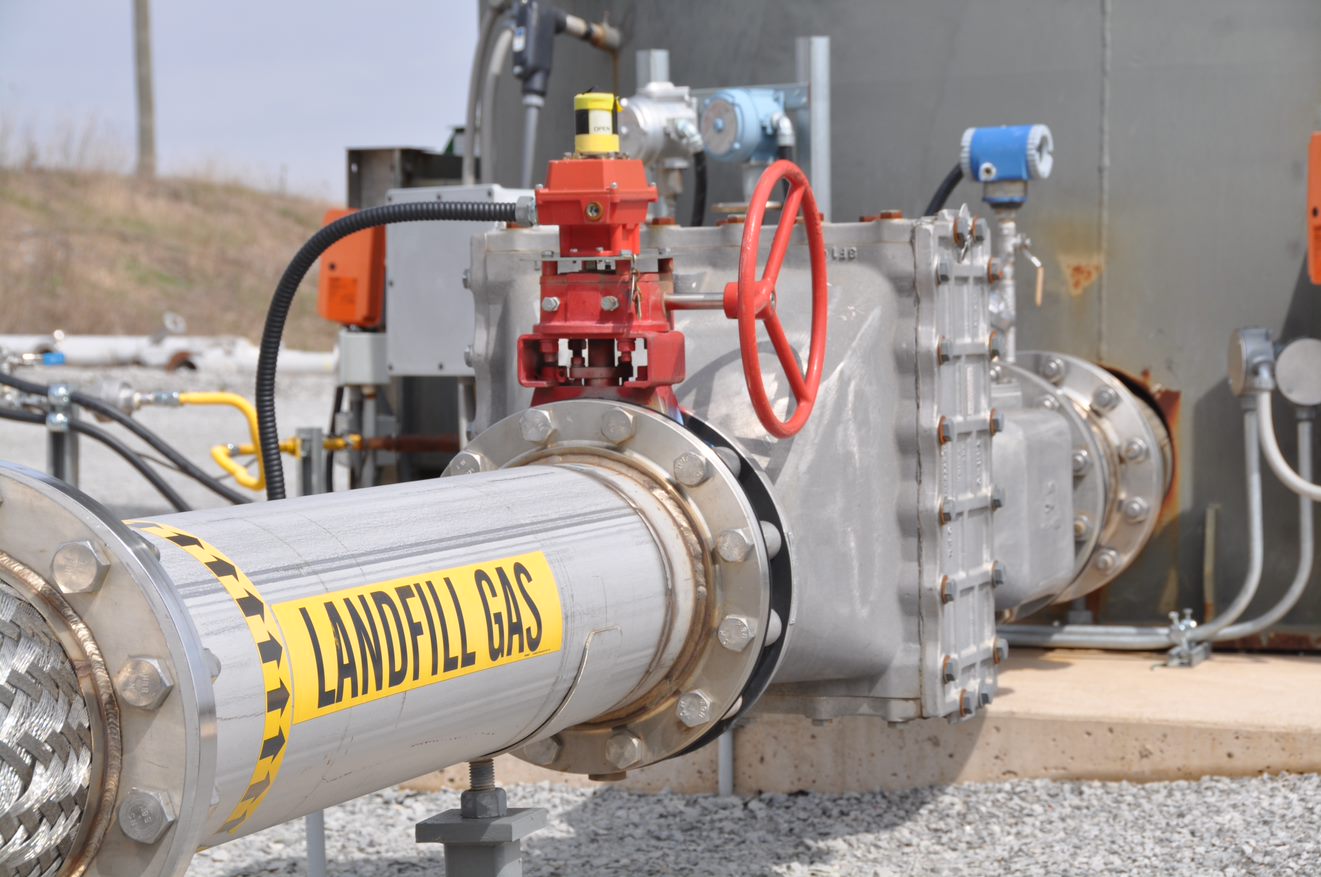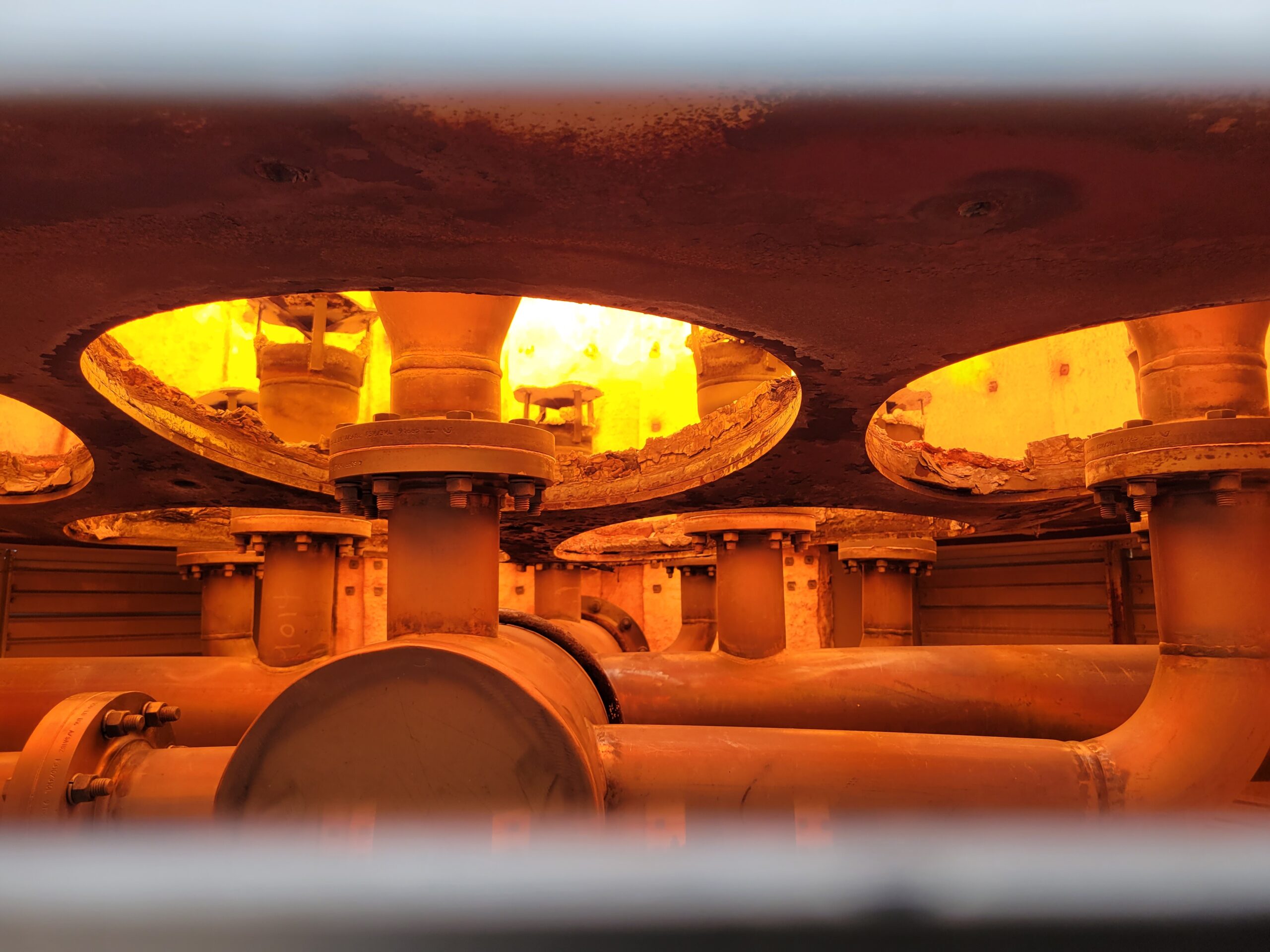What is Landfill Gas?
Landfill gas, also referred to as biogas, is generated during the decomposition of organic solid waste in a landfill. This gas consists of about 50 percent methane (CH4), the primary component of natural gas, about 50 percent carbon dioxide (CO2), and a very small percentage of several non-methane organic compounds. These organic compounds, even at very low concentrations, can cause unpleasant odours potentially resulting in landfill complaints from neighbours of the landfill. Municipal solid waste landfills are the largest source of human-related methane emissions. At the same time, methane emissions from landfills represent a lost opportunity to capture and use a significant energy resource.
Biogas is a renewable source of methane gas, created when organic matter such as food or animal waste, is broken down by microorganisms in the absence of oxygen, in a process called Anaerobic Digestion (AD). The main component of biogas is methane, also the primary component of natural gas.
Landfill gas or biogas can be used as a fuel and substitute for natural gas or other carbon-based fuels. Landfill gas or biogas can also be upgraded to Renewable Natural Gas (RNG), which is carbon neutral and interchangeable with conventional natural gas.


Greenhouse Gas
Methane is a potent “greenhouse” gas. Its contribution to global warming is 25 times that of carbon dioxide. Landfills are responsible for almost 40% of anthropogenic methane emissions in North America. The volatile organic compounds in these gases interact with nitrous oxides to form ozone, a primary cause of smog. Methane is also potentially hazardous since it is explosive in concentrations between 5 and 15 percent by volume.
On the positive side, landfill gas is a medium-BTU energy source that can be used in engines or turbines to generate electricity or be used directly to make steam, or fuel other industrial appliances such as boilers, furnaces or evaporators. Such uses also displace the need for burning non-renewable energy resources, and can potentially delay the need for building new power plants. Other possible high BTU uses of landfill gas and biogas include the production CNG and LNG for storage, transport or vehicle fuel. With appropriate treatment steps, landfill gas can also be used to produce RNG that can be injected into the natural gas distribution system.
See projects